These 150th anniversaries — the U.S. Civil War, 2011-15, and the railroad, 2012 — are drawing attention to Russell’s work. The UP event celebrates Abraham Lincoln’s signing of the Pacific Railway Act on July 1, 1862, creating Union Pacific. The U.S. Civil War, 1861-65, a defining episode of American history, was also a defining period — technically and commercially — in American photography. Both the North and the South documented battlegrounds photographically. Both used their photographs for propaganda purposes. And it was the first time portraits were available to a mass market.
Russell (1829-1902) grew up in Nunda, N.Y. He gained experience as an artist, painting landscapes and portraits, even teaching art and penmanship in Nunda-area schools. Eventually he opened a studio in New York City. At Hornellsville, N.Y., he painted a diorama, “Panorama of the War for the Union,” in December 1861. He also recruited a company of soldiers in the same community and on August 19, 1862, at the age of 34, enlisted at Elmira, N.Y., as captain of Company F, 141st New York Volunteers. In February 1863 he was assigned to Brigadier General Herman Haupt, who as chief of the United States Military Railroads had created a photography position that he awarded to Russell. Russell’s first task was to learn the wet-plate process. His teacher was Egbert G. Fowx (1819-89), an independent civilian photographer who later made photographs for the army.
Russell took his position as official photographer on March 1, 1863, and only four days later distributed his first photographs among officials who could benefit the military railroad. He continued this practice throughout the war. His official position enabled him to get close to battlefield action. On May 3, 1863, at the second battle of Fredericksburg, he was on the site within 20 minutes of the end of fighting. Russell continued as a military photographer until 1865.
Haupt (1817-1905) left the military in September 1863. James Ward in That Man Haupt (1973) writes that Haupt “brought organization and leadership where there had been chaos and he stepped on official toes, but when the Union armies went into battle they were well supplied by his railroads.”
John H. Devereaux (1832-86), a civilian railroad engineer, wrote in a nine-page report in 1864 that Russell’s photographs would be “invaluable as time [progressed], carrying mementos of strength and pride to the present generation, and sublime in their lessons and worth to those who [were] to come after.” (Quoted from Bob Zeller, The Blue and Gray in Black and White, a History of Civil War Photography, 2005.)
After his beginnings as a photographer during the Civil War, Russell went on to make his famous construction photographs of the Union Pacific. He made two trips: one in 1868 and one in 1869. The product of his work is a collection of more than 200 imperial plate negatives (10 inches by 13 inches) and 400 stereographic negatives. “Russell’s photographs illustrate a pivotal period of American history when the nation’s attention was shifted from war in the South to the economic opportunity in the West, which made possible the completion of the first transcontinental railroad,” according to the Oakland Museum of California, which holds these negatives.
Russell returned to New York City and joined Leslie’s as a full-time staff photographer in 1870. He described his wartime and railroad experience to fellow photographers in Anthony’s Photographic Bulletin. Russell continued at Leslie’s until 1891 when he applied for a disability pension from the military, retired, and moved to Brooklyn. His most important photographic contributions had come first, in the Civil War and the West.
JOHN GRUBER is a long-time Trains contributor, founder and president of the Center for Railroad Photography & Art, and editor of Railroad Heritage. He has been a freelance railroad photographer since 1960, and received awards from the Railway & Locomotive Historical Society in 1994 for lifetime achievement in photography and in 2010 for an article about Lucius Beebe and Charles Clegg.





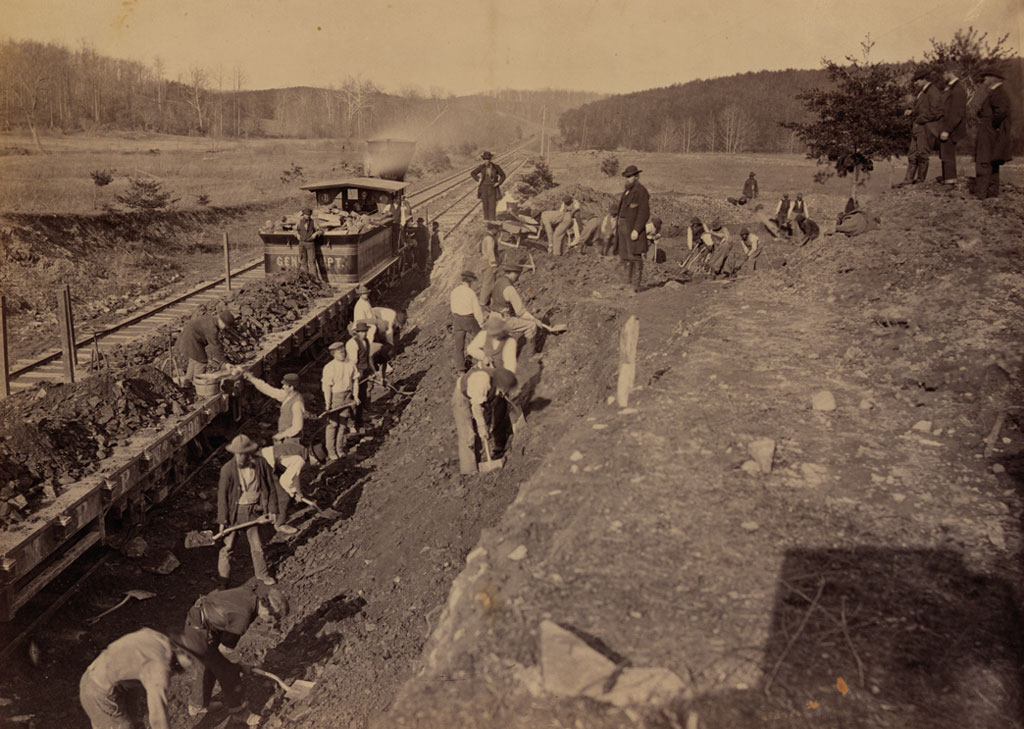


 FULL SCREEN
FULL SCREEN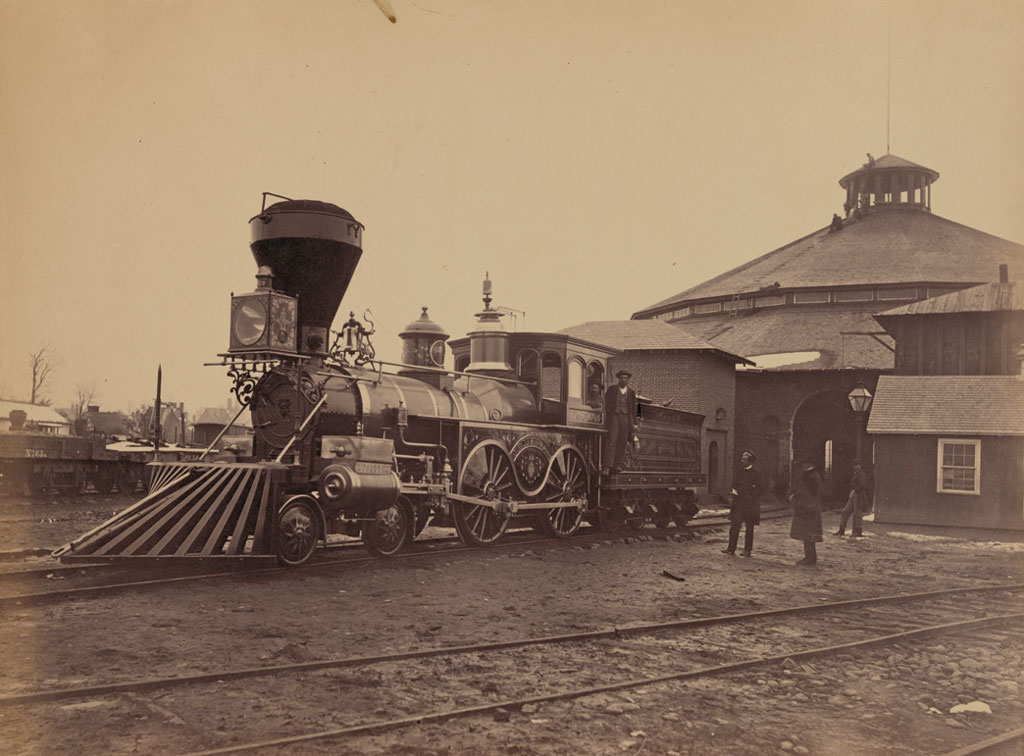
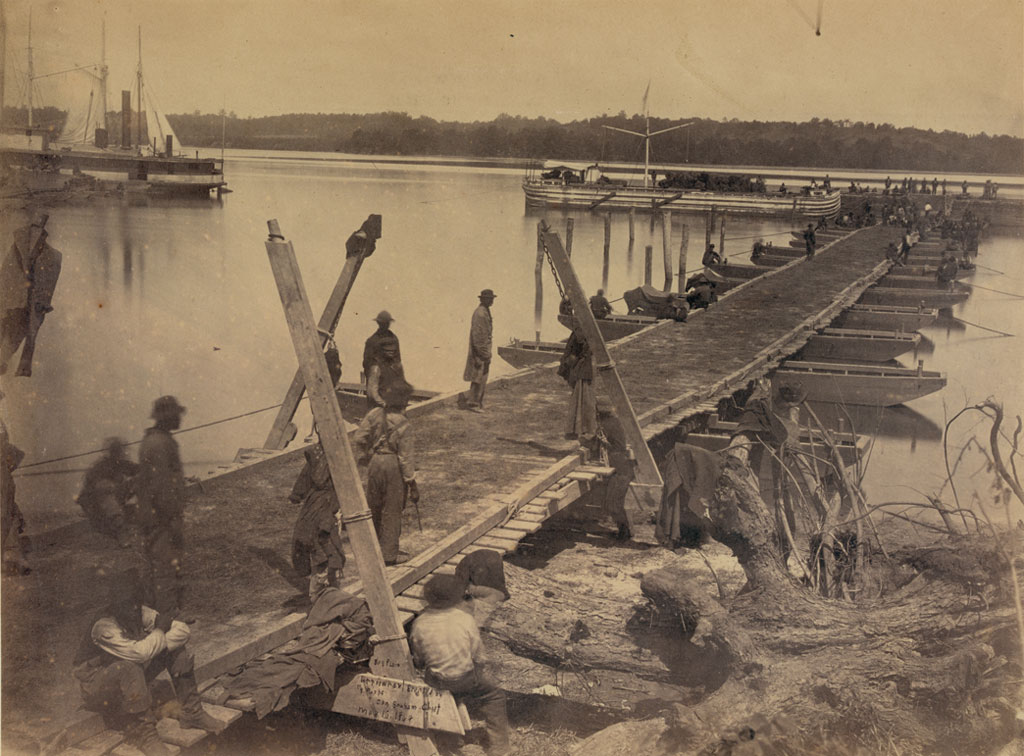
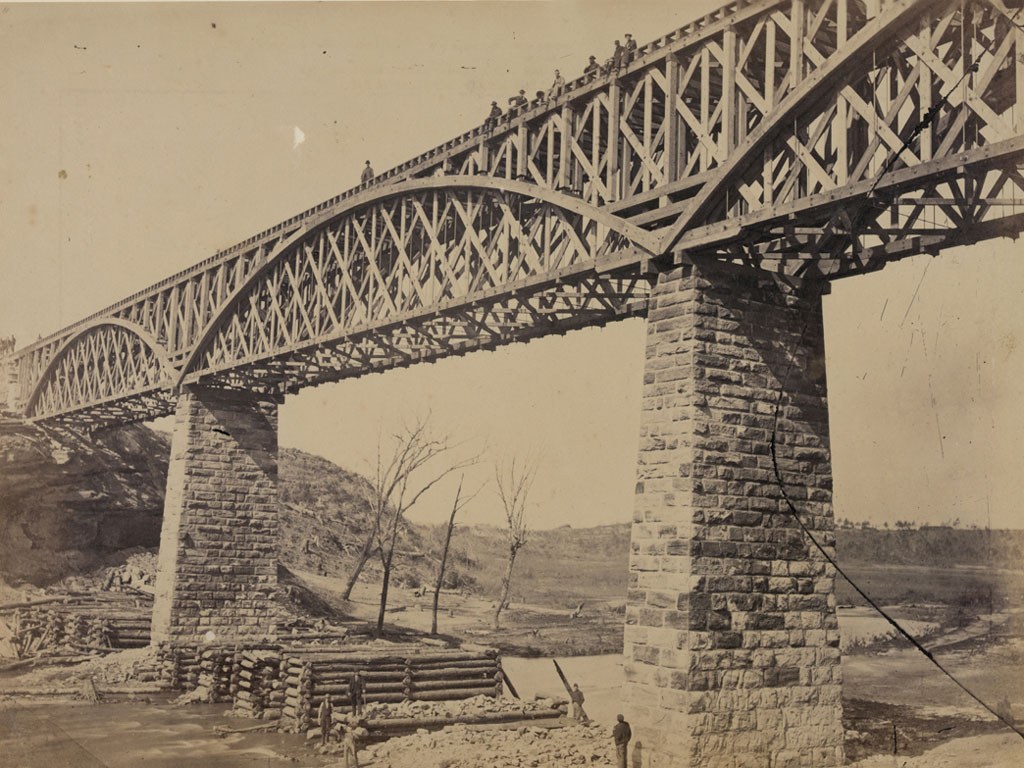
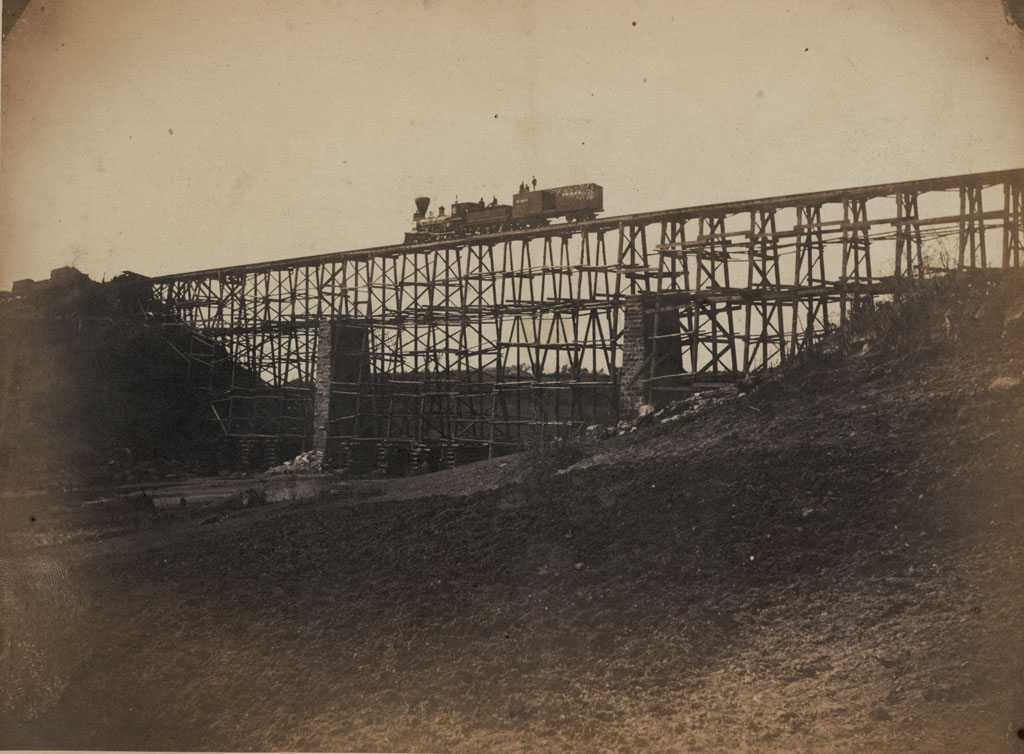
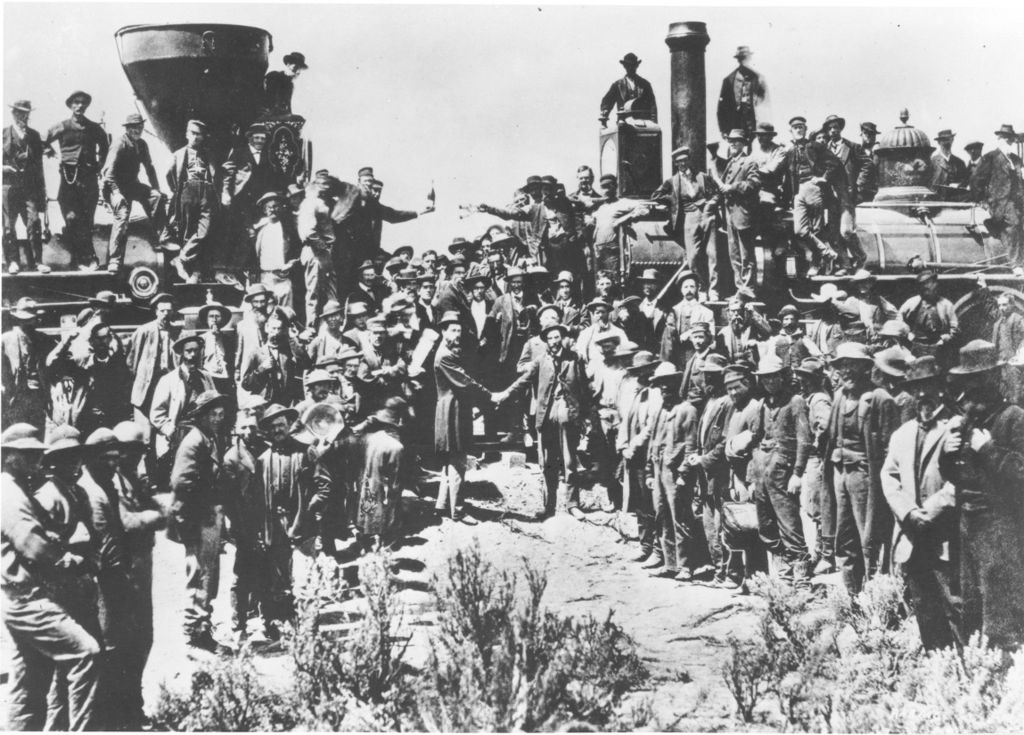











Evening. Having studied the photographic record of the “late unpleasantness” for some 50 years, this photograph caught my attention years ago. I was never convinced that the chap standing on the edge of the bank was HAUPT as many had stated. I too believe it is J H DEVEREAUX…….HOWEVER, the comment that the chap standing at the rear with arms akimbo, is Haupt is incorrect. I downloaded the 166 MEGABYTE photo from the LoC, and magnified that gent. I’m very certain it is not Haupt. When Haupt was in the field he always wore his Brig Gen uniform, much against his will. I’d be happy to send a known image of Haupt and an enlarged section of the 166 meg image from LoC. Who is the gent? have no idea. Probably one of the Construction Corps workers. By the by, there is another LoC image of this same scene, and the gent is NOT standing there, but DEVEREAUX is in the same spot…..regards Dave